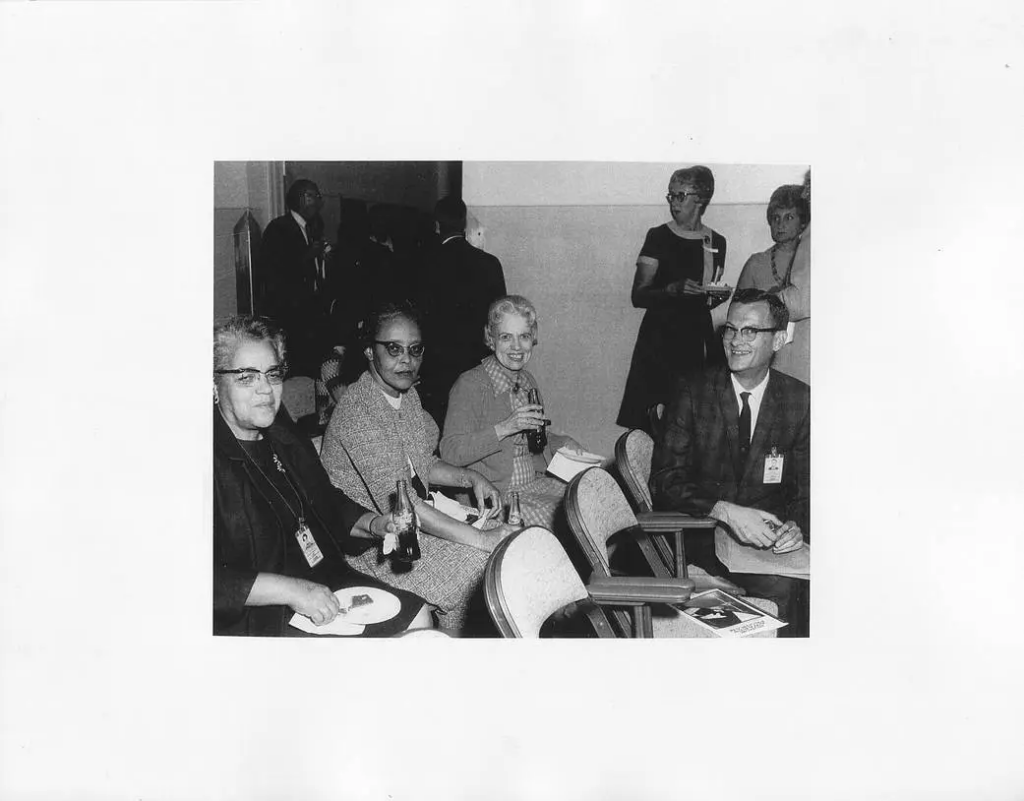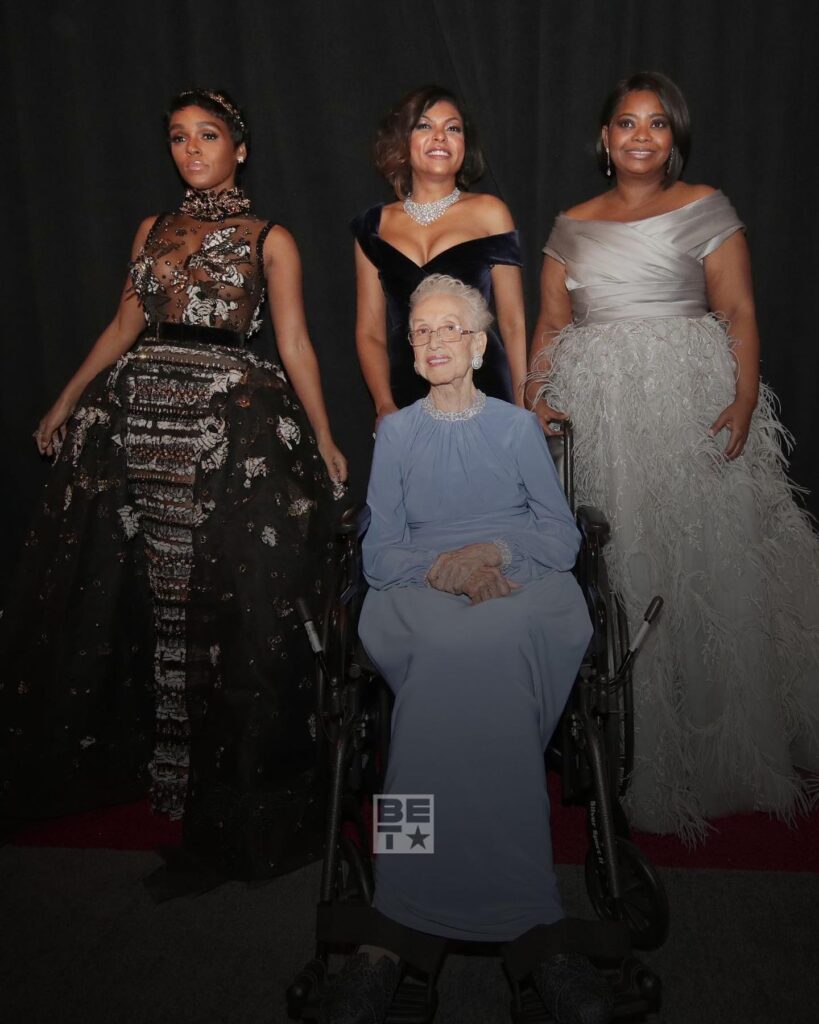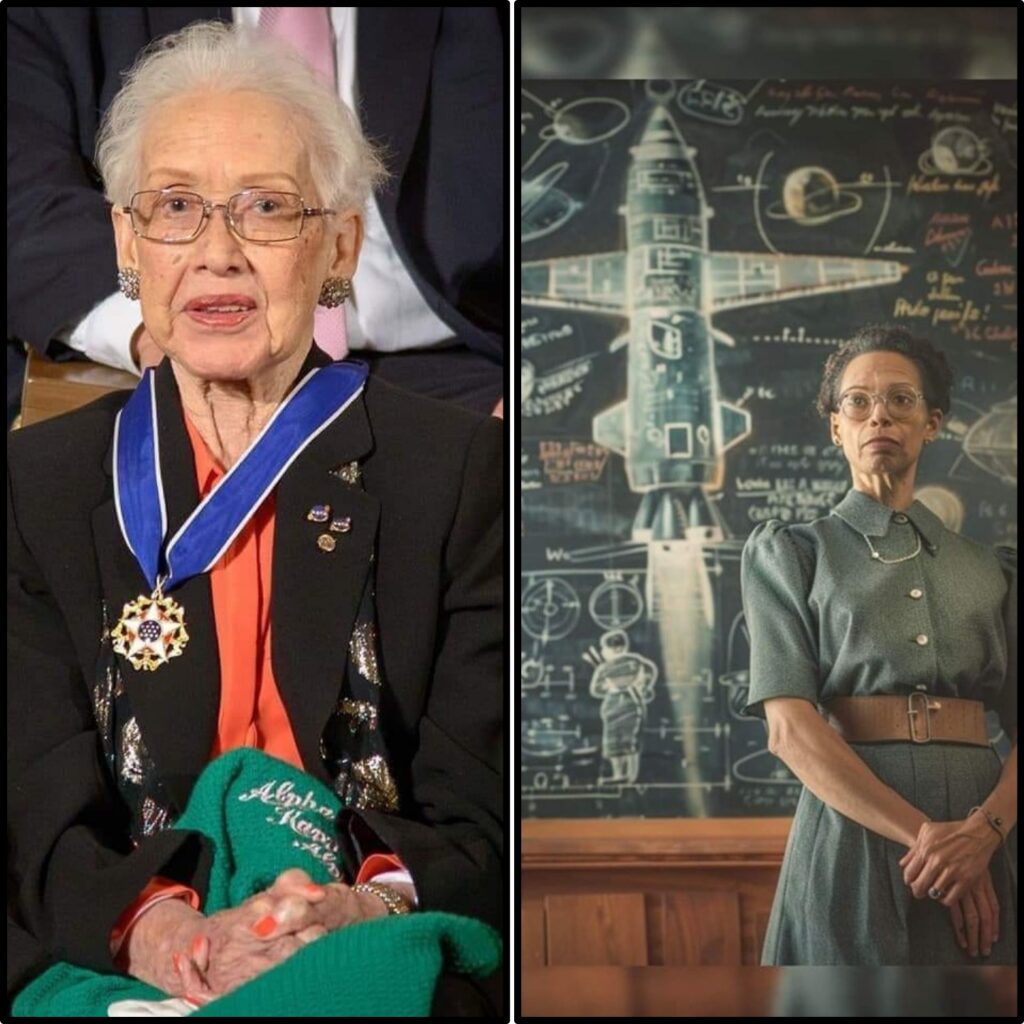Hidden Figures is a film inspired by real events, representing a significant historical moment for Black people in the United States and globally. Although the film dramatizes certain elements, it seeks to portray the challenges faced by women of color at its core.

NASA
The journey toward racial and gender equality remains ongoing, and this film serves as a poignant narrative that resonates through time, reminding us to honor, respect, and pursue the legacy of those who fought for the modest advancements in freedom that we currently enjoy.
The film was released in 2017, and one might wonder why I am addressing it only now. As a proud graduate with Honours in Historical Studies from the esteemed Rhodes University in Makhanda (Grahamstown), South Africa, I felt compelled to write this review from a historical perspective. Interestingly, I only became aware of and viewed the film on the evening of Friday, November 1, 2024, a full seven years after its initial release. You may think this is long overdue, but when considering the nature of history, does it truly have an expiration date? Do we ever cease to share our narratives, the challenges we face, and the ongoing struggles shaped by historical events that continue to influence our present and will likely impact our future?

Some view History only as old dates and events of the past, but my education at Rhodes University shapes my duty as a young black man challenging systemic racism. Despite not being a black woman like in “Hidden Figures,” I feel compelled to share these black narratives for future generations. My historical studies emphasize questioning norms, the writing of history, nurturing critical thinking, debate skills, and attentive listening.
While watching “Hidden Figures,” I reflected on how the film could have more accurately portrayed the broader context of black liberation. Below, I attempt to discuss this further. As part of the black community, I aim to share our stories, a practice akin to how the Jewish community recounts the Holocaust to remember their history under Adolf Hitler’s oppressive regime.

Hidden Figures serves as a model for Historical Exploration
Directed by Theodore Melfi, Hidden Figures showcases Taraji P. Henson, Octavia Spencer, and Janelle Monáe, three leading actors as pivotal African-American women mathematicians shaping astronaut John Glenn’s orbit launch amid racial and gender discrimination challenges.
The film is based on Margot Lee Shetterly’s book, Hidden Figures: The American Dream and Untold Story of the Black Women Mathematicians Who Helped to Win the Space Race. Why was this story left untold for so long? This raises concerns about history writing—documenting responsibility, perspective, highlighted narratives, omissions, and reasons. Understanding historical representation requires exploring these essential inquiries.
Popular Mechanics Magazine wrote in 2017 that the film focuses on three real-life African American female pioneers: Katherine Johnson, Dorthy Vaughan, and Mary Jackson, who were part of NASA’s team of human “computers”. This was a group made up of mostly women who calculated by hand the complex equations that allowed space heroes like Neil Armstrong, Alan Shepard, and Glen to travel safely to space. “Through sheer tenacity, the force of will, and intellect, they ensured their stamp on American history – even if their story has remained from public view until now.” the publication, Popular Mechanics reported. Why has the story, remained from the public after so many years? My generation would call this the first signs of ‘Red flags.”
The remarkable success of the film can be attributed to its role in bringing to light a lesser-known aspect of 20th-century history. It is not only the millions of Americans who were unaware that three extraordinary Black women not only established their presence at NASA during a time of intense racial segregation in the United States but also played crucial roles in the challenging endeavor of sending humans into space. This raises a persistent question: why are these significant contributions not included in school curricula? Although I reside in South Africa, like children everywhere, I was taught about Neil Armstrong as a global icon, which is not to diminish his achievements. However, it is perplexing that we were not educated about those who made his journey possible, ensuring that men reached space. The reality of the space program is far more collective than it is often portrayed, and perhaps this aspect deserves equal recognition and celebration.
To what extent does the film accurately represent historical events?
It is natural for my intuitive disposition to question the authenticity of this film, as I consistently seek a faithful representation of history. As a creative individual, I recognize that dramatization is an inherent aspect of our craft. While it is understandable that the film embellishes certain events, one must consider the extent to which the historical narrative presented is accurate.
Katherine Johnson, Dorothy Vaughan, and Mary Jackson were indeed exceptional mathematicians whose contributions to the U.S. space program were invaluable. Vaughan served as the first Black supervisor at the advisory committee that would eventually evolve into NASA, advocating for the rights of the women known as “computers.” Jackson made history as the agency’s first Black female engineer, while Johnson’s remarkable calculation abilities were instrumental in the planning of significant missions such as Project Mercury and Apollo 11. These women are part of a long and distinguished lineage of female scientists who have not received the recognition they deserve for their historical significance.
While the women were indeed pioneers for their significant contributions during a period marked by racial and gender discrimination, the reality of the space program, as depicted in Shetterly’s book, reflects a more collaborative effort than the film’s focus on individual heroics might imply. Vaughan’s expertise with the IBM 7090 computer was developed within a large team context rather than through solitary endeavor, and there is no evidence in the book that Johnson was subjected to any “testing” of her mathematical abilities by Pentagon officials. All documentation suggests that she was regarded as an equal by her peers, holding the same level of importance as any other scientist present.

The film possesses a timeless quality, featuring classical elements and outstanding performances from renowned actors, which I found particularly commendable. Most importantly, it delivers a vital message about the significance of education, the merits of hard work, and the influence of social responsibility.
However, despite the film’s allure and spectacle, I felt it could have delved deeper into the issue of racial segregation in the United States. The film offers only fleeting glimpses of racial tensions, prompting one to question the rationale behind this limited portrayal.
Looper indicates that “Racial Segregation” remained a significant issue in the United States in 1961; however, the details presented in ‘Hidden Figures’ are somewhat inaccurate. While the West Area Computing unit at Langley did exist, it was dismantled along with all other segregated facilities when the National Advisory Committee for Aeronautics (NACA) transitioned to NASA in 1958. By the time the film takes place, NASA and its various divisions had already undergone integration.
Nonetheless, this does not imply that discrimination was eradicated, particularly given that segregation laws were still enforced in Virginia during that period. Shetterly’s book highlights Mary Jackson’s challenges in finding a restroom designated for colored individuals while at Langley, and it is accurate that, before 1958, the Langley Research Center was significantly segregated despite the notable presence of Black employees. However, Katherine Johnson herself did not seek out a colored restroom and opted for the nearest one available. She has publicly stated that she did not experience personal discrimination at NASA (as reported by History vs Hollywood).

Mary Jackson was required to submit a petition to the City of Hampton to gain admission to the whites-only Hampton High School. Although the procedure was less burdensome than depicted in the film—she received special permission without the need for a court appearance—Jackson frequently expressed her frustration regarding the irrationality of segregation to her mentor, Kazimierz Czarnecki, who served as the inspiration for the character of Karl Zielinski.
The film has faced allegations of creating instances that portray a white savior narrative, as reported by Looper.
The historical liberties taken in “Hidden Figures” are largely defended by the film’s objective to provide an engaging, family-oriented introduction to the significant contributions of these women. Although NASA had officially integrated by 1961, the realities of segregation continued to shape the experiences of Johnson, Vaughan, and Jackson, presenting numerous obstacles in their professional journeys. However, one fictional aspect of “Hidden Figures” faced considerable backlash: its reliance on the “white savior” narrative.
In particular, a pivotal moment in the film—where the fictional head of the Space Task Group, Al Harrison, reacts with shock upon discovering the level of discrimination endured by Johnson, subsequently demolishing the “Colored ladies’ room” sign with a crowbar and declaring an end to segregation at NASA—was criticized by outlets like Vice for “depicting Johnson as being rescued by a well-meaning white character.” In reality, Johnson addressed the “bathroom issue” independently, refusing to use the segregated restroom; she did not wait for a white superior to dismantle segregation on her behalf.
The moment in which Harrison graciously invites Johnson into the control room during the launch has sparked considerable debate, not only because this event did not occur, but also because, as reported by Vice, it exemplifies an “alteration [that] only serves to soothe the conscience of white people.” Director and co-writer Theodore Melfi, who is of Caucasian descent, defended these portrayals by asserting, “There needs to be white people who do the right thing.” While there were indeed individuals at NASA and other organizations who acted honorably, the specific actions depicted were not entirely accurate.
“Hidden Figures” narrates the authentic story of the African American women who played a crucial role in the development of America’s space program. It is important to note that NASA was not solely comprised of beneficiaries of Operation Paperclip (as noted by History). The film features three central characters working at the Langley Research Center: Mary Jackson (Janelle Monáe), who strives to obtain an engineering degree despite the challenges of segregation in higher education; Dorothy Vaughn (Octavia Spencer), who self-educates in programming and rises to the position of supervisor in the nascent field of computer programming; and Katherine Johnson (Taraji P. Henson), who becomes part of the team of scientists responsible for ensuring astronaut John Glenn’s successful journey into space.